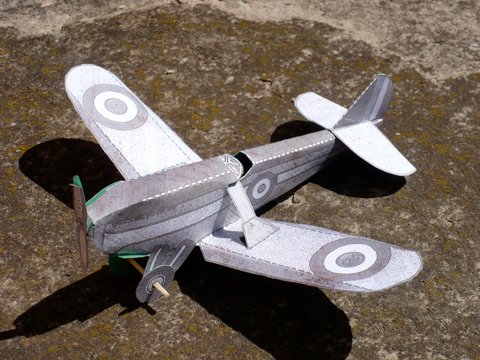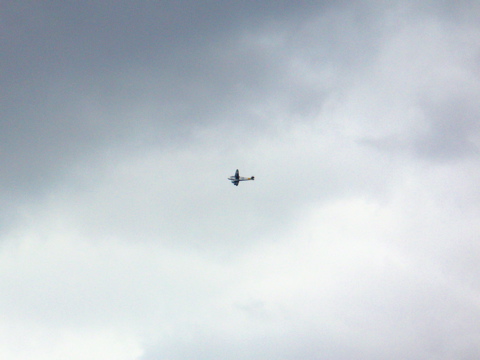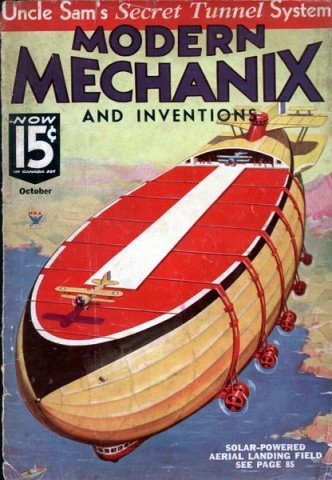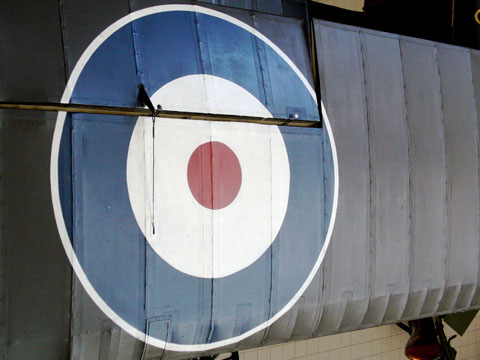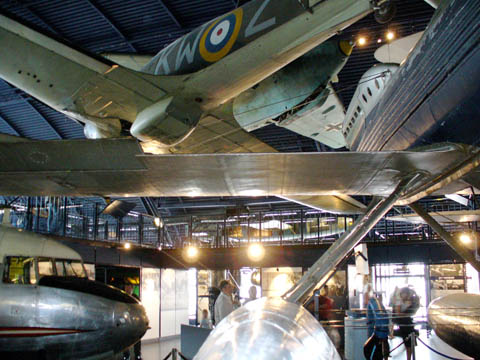The colour out of aerospace
A recent post on the new science fiction blog io9 (which I’m enjoying, but is it really so hard to put in spoiler warnings?) claimed that the Vickers Velos was the ‘ugliest and most worthless plane in the world’. Sure, it’s not pretty, but I’ve seen plenty that were uglier — fuglier, even. But there […]



